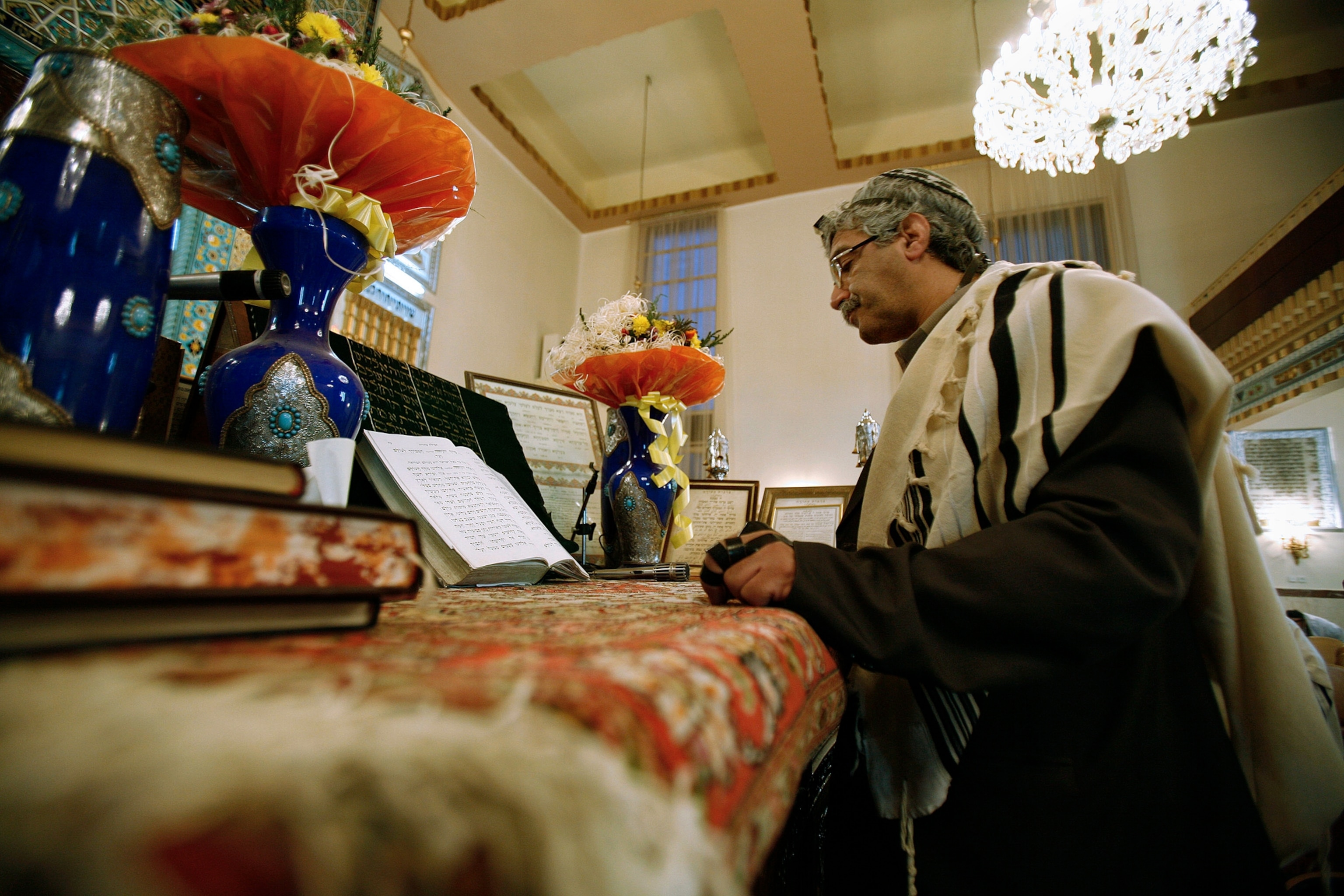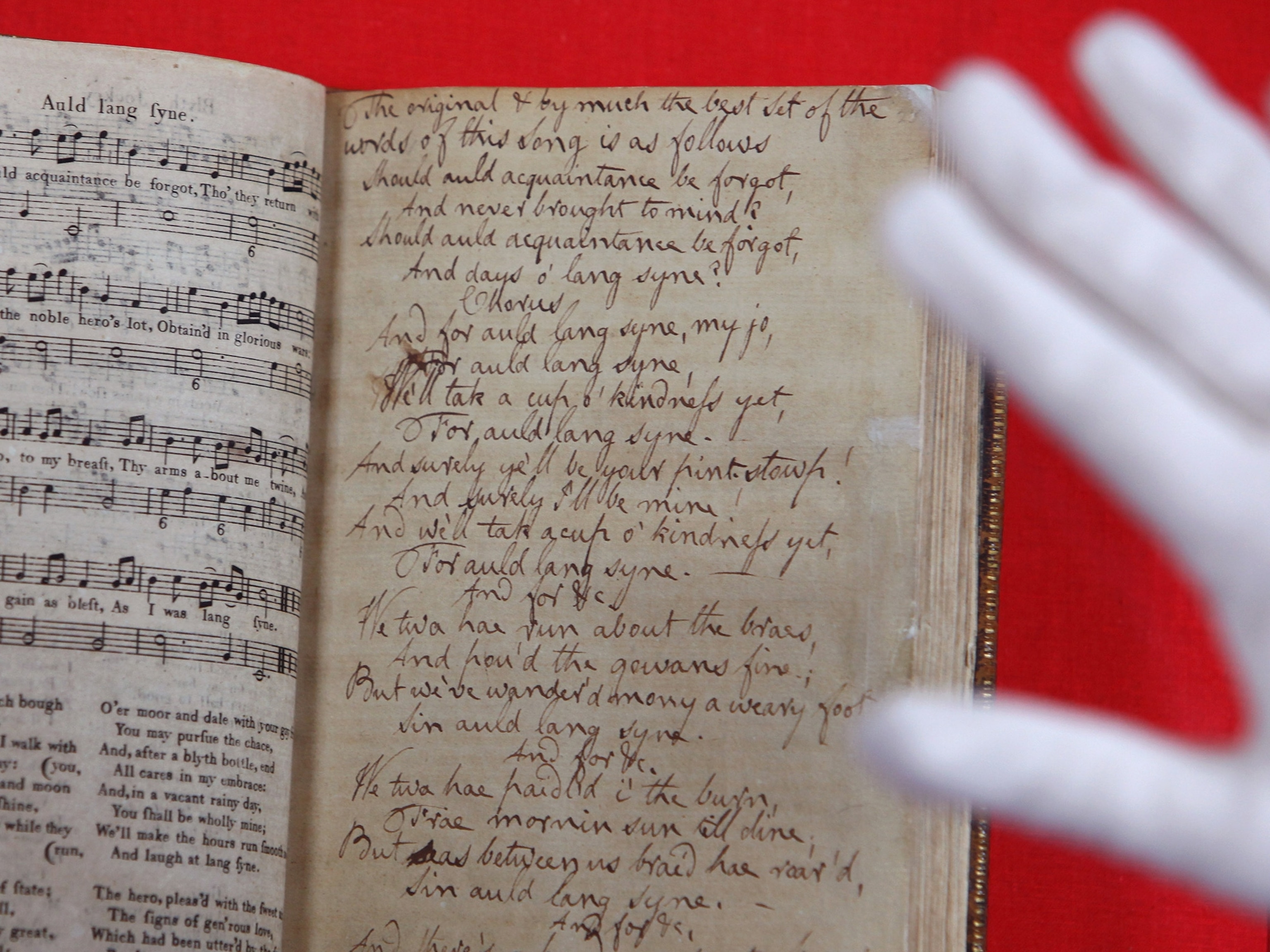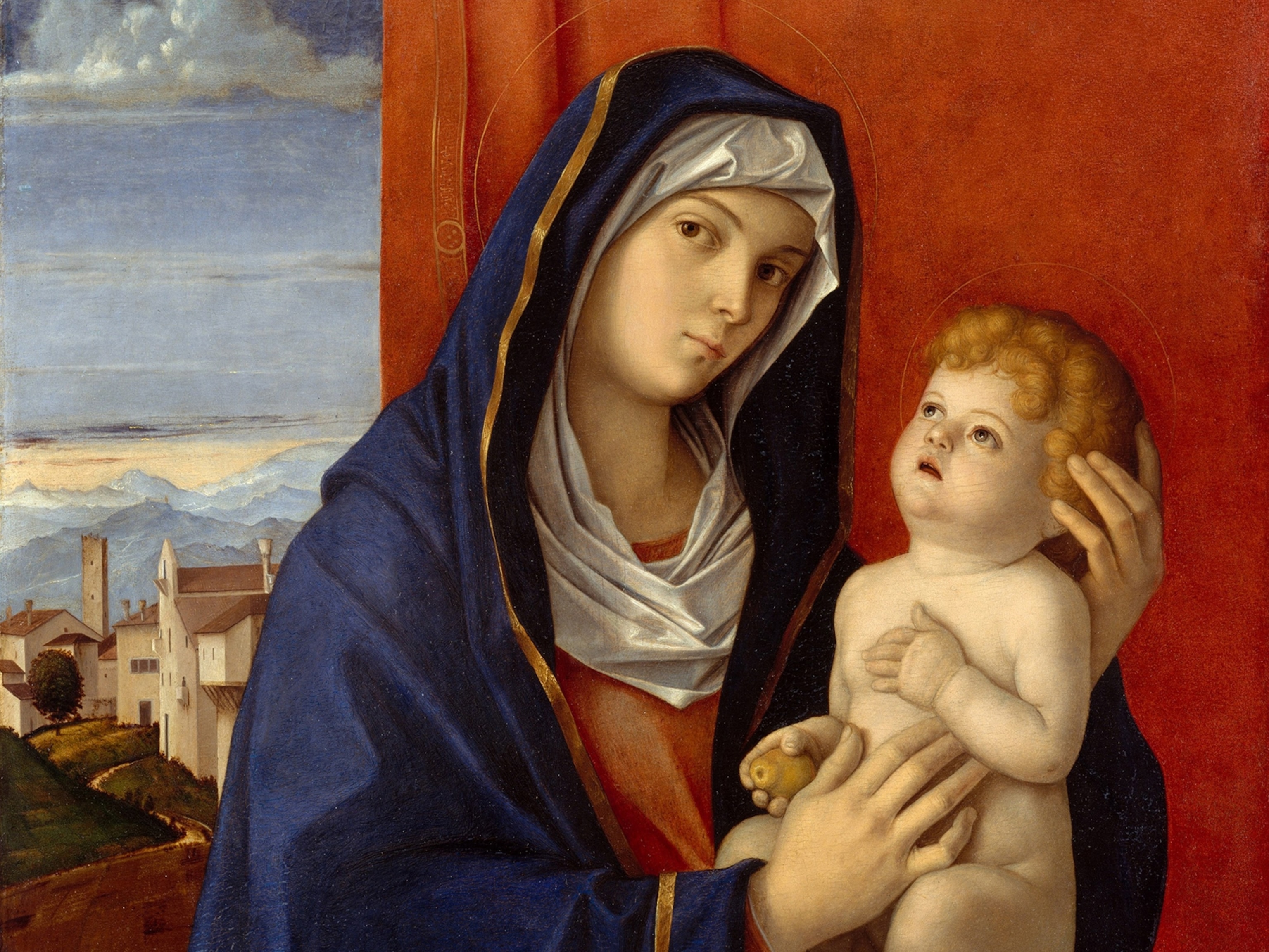
Jews Receive Unexpected New Year’s Greeting From Iran
Iran's president purportedly tweets message to Jews in Iran and abroad.
On the eve of the Jewish New Year, an unexpected tweet came from the account generally believed to be run by new Iranian President Hassan Rouhani or members of his campaign team. It was a Rosh Hashanah greeting to Jews—especially the Iranian ones.
Rouhani’s purported words flummoxed the Twittersphere, and not just because the leader of an Islamic country seemed to be sending blessings to Jews. The tweet specifically mentions Iranian Jews, a community that has largely slipped under the radar in the West.
Though it’s rarely in the news, Iran has had a vibrant Jewish community for centuries. Here are five things you might not know about Iranian Jews:
1) Iran has the most Jews of any Middle Eastern country outside of Israel. The Jewish population is usually cited as numbering between 20,000 and 25,000 people—though government census data from 2011 claimed a much lower figure, closer to 9,000.
Either way, that population—while significant—is a fraction of what it used to be. Iran once boasted over 100,000 Jews. Most fled the country after the Islamic revolution of 1979, along with Iranians of other religions who felt their way of life was threatened by the new government.
2) The Jews of Iran are centered in large cities like Tehran, Isfahan, and Shiraz. “This is where they have roots,” explains Jaleh Pirnazar of the University of California at Berkeley, who has written on contemporary Iranian Jewish identity and image. “It’s where they have survived historically.”
South of Tehran in central Iran, the city of Isfahan hosts one of the country’s oldest Jewish communities. It was historically known as Dar al-Yahud, or “house of the Jews” in Persian, writes Elaine Sciolino in Persian Mirrors.
The city of Hamadan is home to the purported burial site of Esther and Mordechai, key figures in the Jewish story of Purim. Though their shrine is generally well preserved, Pirnazar says it has faced attacks recently.
“The last few years we’ve been hearing anti-Semitic narratives” about the Purim tale, Pirnazar says.
In the Jewish story, Esther, with the help of her uncle Mordechai, saves the Jews from mass murder at the hands of a Persian royal adviser. But the end of the Jewish text recounts the massacre of 75,000 Persians, and Pirnazar says some Iranians have taken out their vengeance on the shrine.
3) One seat of Iran’s Majles (parliament) is reserved for a Jewish representative. (Three additional seats are reserved for various Christian denominations, and one for Zoroastrians.) Maurice Motamed, who held the Jewish seat during Mahmoud Ahmadinejad’s presidency, spoke out against Ahmadinejad’s denials of the Holocaust.
But the Jewish Majles member is still expected to follow the government’s anti-Zionist stance. Siamak Morsadegh, who currently holds that position, has protested Israeli actions in Gaza and has told reporters that Iranian Jews would not celebrate Israel’s independence day.
4) Jews are not the most persecuted group in Iran. That title would go to another religious minority, the Baha’i. While Jews and Christians are considered “protected peoples,” according to Pirnazar, the Baha’i are granted no such security from Iran’s religious elite.
Baha’i are forbidden from practicing their religion, have no Majles representation, and are even barred from secondary education. Some Baha’i resist by holding underground university classes.
5) Iranian Jews will be celebrating Rosh Hashanah this year by eating apples and honey like their American counterparts—but also pomegranates, which are in season there during the fall holidays.
Another unique Iranian Jewish ritual won’t take place until Passover: In a custom meant to recall the whipping of Hebrew slaves in Egypt, Jews of Iranian descent (both in Iran and abroad) will partake in the traditional slapping of family members with green onions.





